How to Choose the Best Hydraulic Shearing Machine
How to Choose the Best Hydraulic Shearing Machine for Sheet Metal Fabrication
In the sheet metal fabrication, a hydraulic shearing machine is a critical tool for achieving precise, clean cuts with maximum efficiency. Whether you’re in automotive, aerospace, construction, or custom fabrication, selecting the right hydraulic shear can transform your production process, ensuring high-quality output and operational success.
How do you choose the best hydraulic shearing machine for your specific needs? This guide outlines the key factors to consider, helping you make an informed decision that boosts productivity and profitability.
What Is a Hydraulic Shearing Machine and Why Is It Essential?
A hydraulic shearing machine uses hydraulic power to cut sheet metal into precise sizes and shapes with minimal waste. Unlike mechanical shears, hydraulic shears offer greater flexibility, precision, and power, making them ideal for cutting thicker and harder materials like steel, aluminum, and stainless steel. Their ability to deliver consistent, clean cuts makes them indispensable for industries requiring high precision and efficiency in sheet metal preparation for further processing, such as bending or forming.
Choosing the right hydraulic shearing machine involves evaluating your production requirements, material types, and budget. Below, we break down the essential factors to guide your decision-making process.
Key Factors to Consider When Choosing a Hydraulic Shearing Machine
1. Cutting Capacity and Material Compatibility
The cutting capacity of a hydraulic shearing machine determines its ability to handle various material thicknesses, lengths, and types. Key considerations include:
Thickness: Ensure the machine can cut the maximum thickness of your materials, typically ranging from 0.5mm to 25mm or more for hydraulic shears.
Length: Verify the machine’s cutting length (e.g., 4 to 20 feet) matches your workpiece dimensions.
Material Type: Confirm compatibility with metals like steel, aluminum, brass, or stainless steel, as some shears are optimized for specific materials.
Tip: Select a machine with slightly higher capacity than your current needs to accommodate future projects and growth.
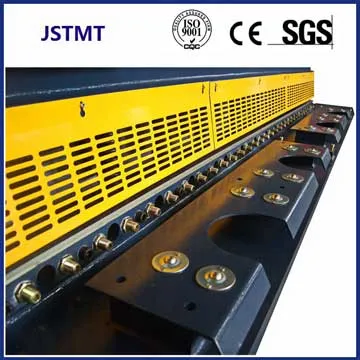
2. Type of Hydraulic Shear
Hydraulic shearing machines come in different configurations, each suited to specific applications:
Guillotine Shears: Ideal for straight-line cutting of thick materials, commonly used in heavy industries like shipbuilding and construction.
Swing Beam Shears: Offer a balance of affordability and precision, suitable for medium-duty applications with consistent cutting accuracy.
CNC Hydraulic Shears: Equipped with computer numerical control (CNC) systems, these shears provide unmatched precision and automation for complex or high-volume tasks.
Tip: Choose CNC hydraulic shears for high-precision or automated production, while swing beam shears are cost-effective for standard applications.
3. Precision and Automation Features
Precision is critical in sheet metal fabrication. Look for hydraulic shears with:
CNC Controls: Advanced systems, like those from Bystronic or Amada, allow programmable cutting sequences for consistent accuracy and reduced setup times.
Backgauge Systems: Automated backgauges ensure precise positioning of the metal sheet, improving repeatability and reducing operator error.
Real-Time Adjustments: Machines from Trumpf and LVD feature sensors for real-time monitoring and adjustments, ensuring clean cuts with minimal distortion.
Tip: Invest in automation features like CNC controls for high-volume or intricate cutting tasks to enhance efficiency and reduce labor costs.
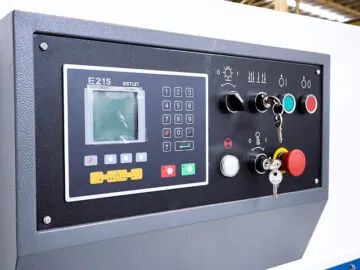
4. Durability and Build Quality
A robust hydraulic shearing machine minimizes downtime and maintenance costs. Leading manufacturers like Cincinnati and Accurpress prioritize sturdy construction.,, Consider:
Frame Strength: A heavy-duty frame ensures stability during high-force cutting.
Blade Quality: High-quality blades, such as those from HARSLE or Prima Power, maintain sharpness and reduce replacement frequency.
Maintenance Needs: Opt for machines with low maintenance requirements, like Durma’s shears, to keep operational costs low.
Tip: Check for warranties and spare parts availability to ensure long-term reliability and support.
5. Energy Efficiency and Sustainability
With rising energy costs and environmental concerns, energy-efficient hydraulic shears are increasingly valuable. Look for:
Servo-Hydraulic Systems: Manufacturers like SafanDarley and Yawei offer servo-driven hydraulic shears that reduce energy consumption compared to traditional models.
Eco-Friendly Features: Trumpf and LVD integrate energy-saving technologies to lower operational costs and carbon footprints.
Tip: Calculate the long-term savings of energy-efficient models to justify higher upfront costs.
6. Safety Features
Operator safety is paramount in sheet metal fabrication. Modern hydraulic shears include:
Light Curtains and Safety Mats: These stop the machine if an operator or object enters the danger zone.
Laser-Based Protection: Advanced systems, like those from Bystronic, enhance safety without compromising productivity.,
Tip: Prioritize machines with comprehensive safety features to protect your team and comply with industry standards.
 7.
7.
Budget and Cost-Effectiveness
While premium machines from Amada or Trumpf offer advanced features, they come at a higher cost.,, Manufacturers like HARSLE, Durma, and Baykal provide cost-effective hydraulic shears without compromising quality.,,
Consider:
Initial Cost vs. Long-Term Value: Balance upfront costs with durability, efficiency, and maintenance expenses.
Customization Options: Brands like Accurpress and HARSLE offer tailored solutions to fit specific budgets and needs.
Tip: Request quotes from multiple manufacturers to compare pricing, features, and after-sales support for the best value.
8. Customer Support and After-Sales Service
Reliable after-sales support is crucial to minimize downtime. Top manufacturers like LVD, Amada, and HARSLE offer comprehensive training, technical assistance, and spare parts availability.,, Evaluate:
Training Programs: Ensure the manufacturer provides operator training for CNC systems.
Service Network: Choose a supplier with a global or regional service network for prompt support.
Warranty: Look for extended warranties to protect your investment.
Tip: Contact manufacturers to inquire about their support offerings and response times to ensure seamless operations.
Industry Trends Shaping Hydraulic Shearing Machine Selection
The hydraulic shearing machine market is evolving with advancements in automation and Industry 4.0. Key trends include:
Automation and IoT Integration: Machines from Salvagnini and Prima Power integrate IoT for real-time monitoring and predictive maintenance, reducing downtime.
Energy-Efficient Designs: SafanDarley and Yawei lead in servo-hydraulic and hybrid systems, cutting energy costs.,,
Customization for Diverse Applications: Manufacturers like Accurpress and HARSLE offer tailored solutions for industries like aerospace, HVAC, and automotive.
By aligning your choice with these trends, you can invest in a machine that meets current and future needs.
Conclusion
Choosing the best hydraulic shearing machine requires careful evaluation of cutting capacity, precision, automation, durability, energy efficiency, safety, and support. Our machines combine precision, durability, and affordability, backed by industry-leading customer support.
Ready to invest in a hydraulic shear or CNC hydraulic shear that drives efficiency and precision? Reach out to see how we can elevate your sheet metal fabrication process! and for customizable solutions to enhance your productivity.



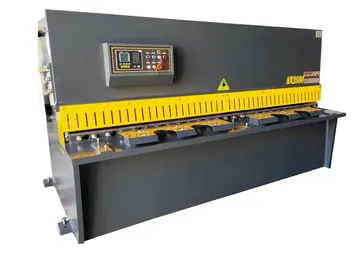
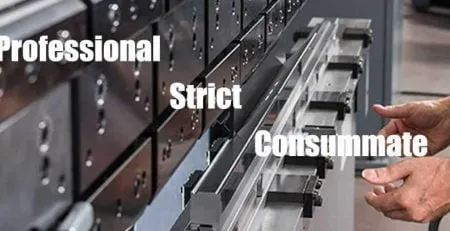

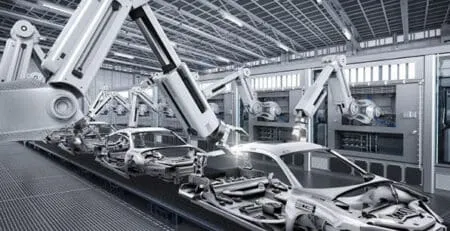

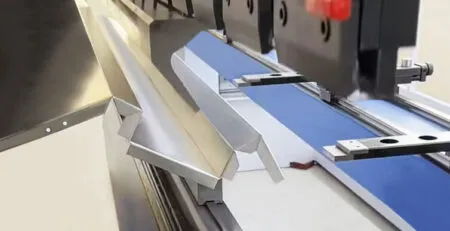
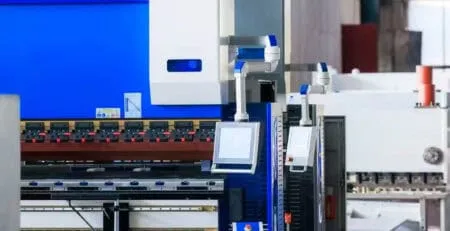

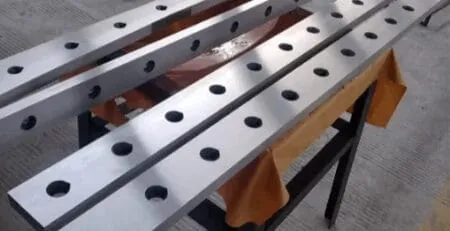

Leave a Reply